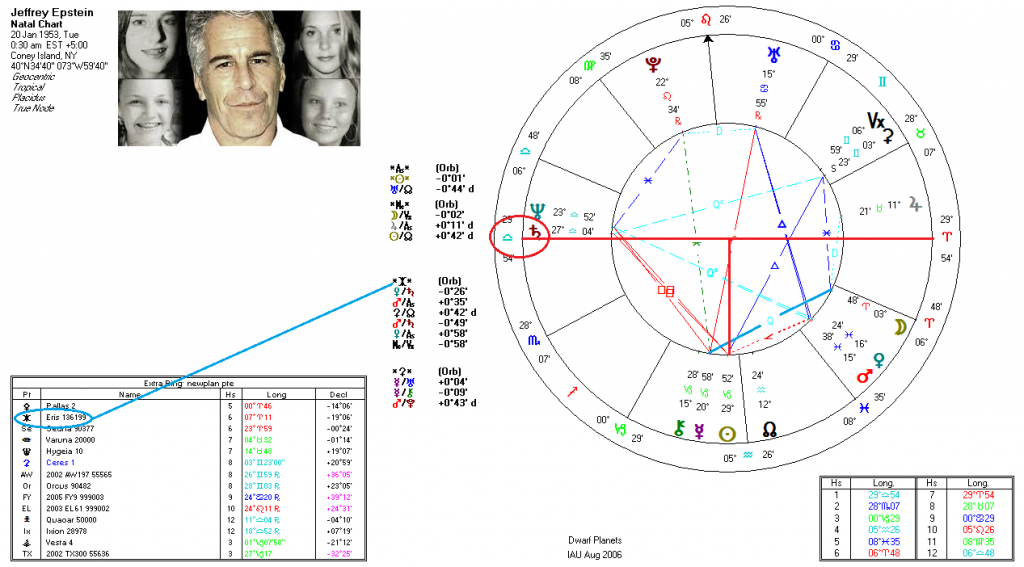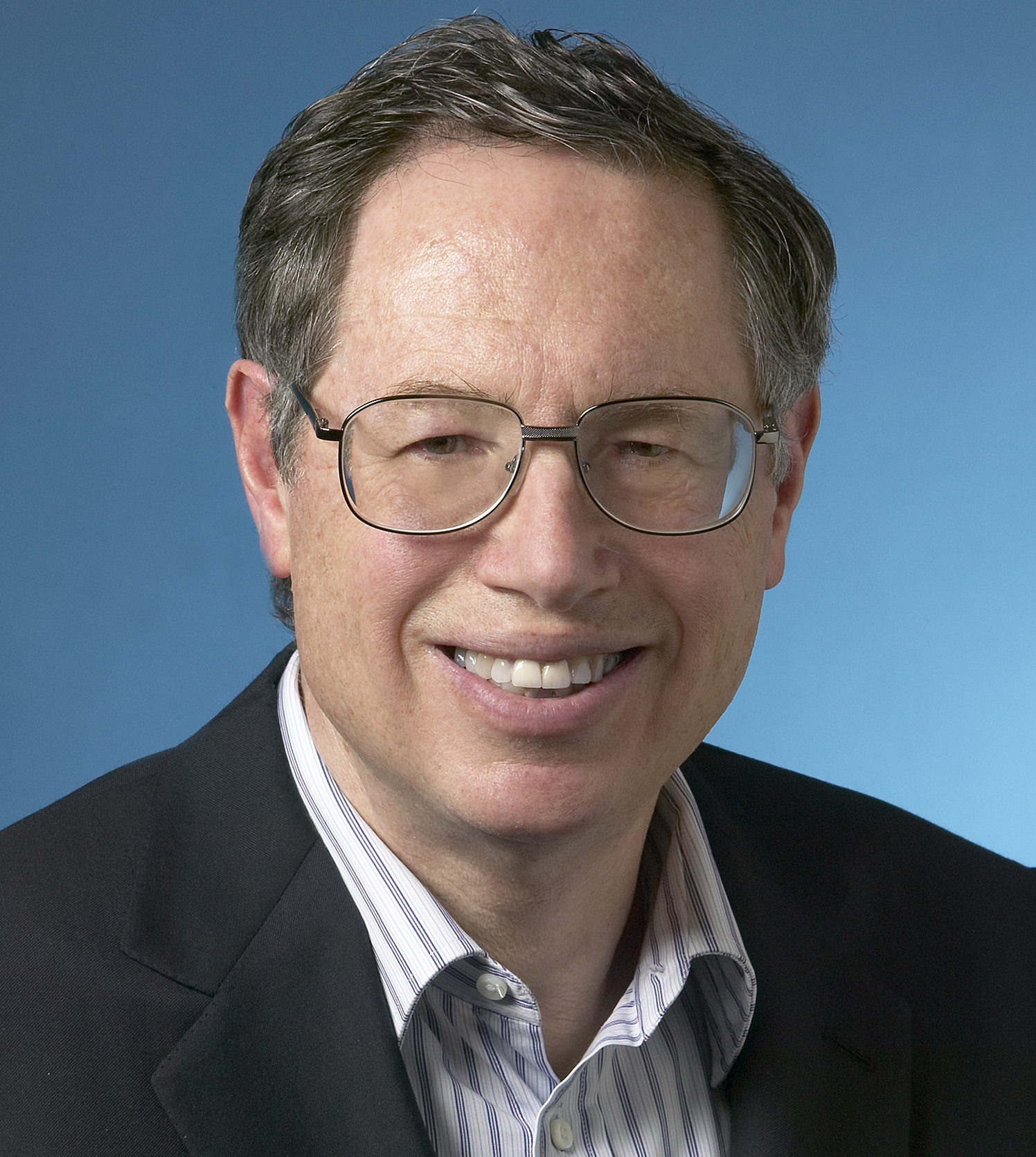

It suggests that there’s a linear path from A to B, and the earlier you train in a specific domain, the higher your chances of success.

Tom Brady, Nick Foles) and have even mastered multiple sports (e.g. There’re many other sports icons who tried different sports before settling on one (e.g. He was talented in tennis, but only chose to focus on the sport when he was 12.Įpstein argues that Roger’s circuitous path to success is common but less publicized. skiing, swimming, wrestling, skateboarding, basketball, badminton, soccer, etc. When he was young, he tried all sorts of sports, e.g. Roger Federer became a tennis legend even though he started much later.Tiger is the perfect example of specialization-selecting a path early and accumulating hours of targeted training to become outstanding in an area.

He began training Tiger at the young age of 2, and devoted his life to nurturing his son into a golf superstar.

Tiger Woods’ father saw him as a golf prodigy.The book opens with the stories of 2 sports superstars-Tiger Woods and Roger Federer-who represent specialization vs range. For more details, examples and insights, do get our complete book summary bundle (in text, infographic and audio formats). In this Range summary, we’ll briefly outline some of his key ideas. He uses stories and research studies to show why/how “range” can be equally (if not more) critical for long-term successes in a complex world. Should you choose a specific field and start training as early as possible to get a head-start? Or is it better to explore and develop broad-based skills and experiences before you settle? In this book, David Epstein challenges conventional wisdom that success is best achieved through hyperspecialization.


 0 kommentar(er)
0 kommentar(er)
